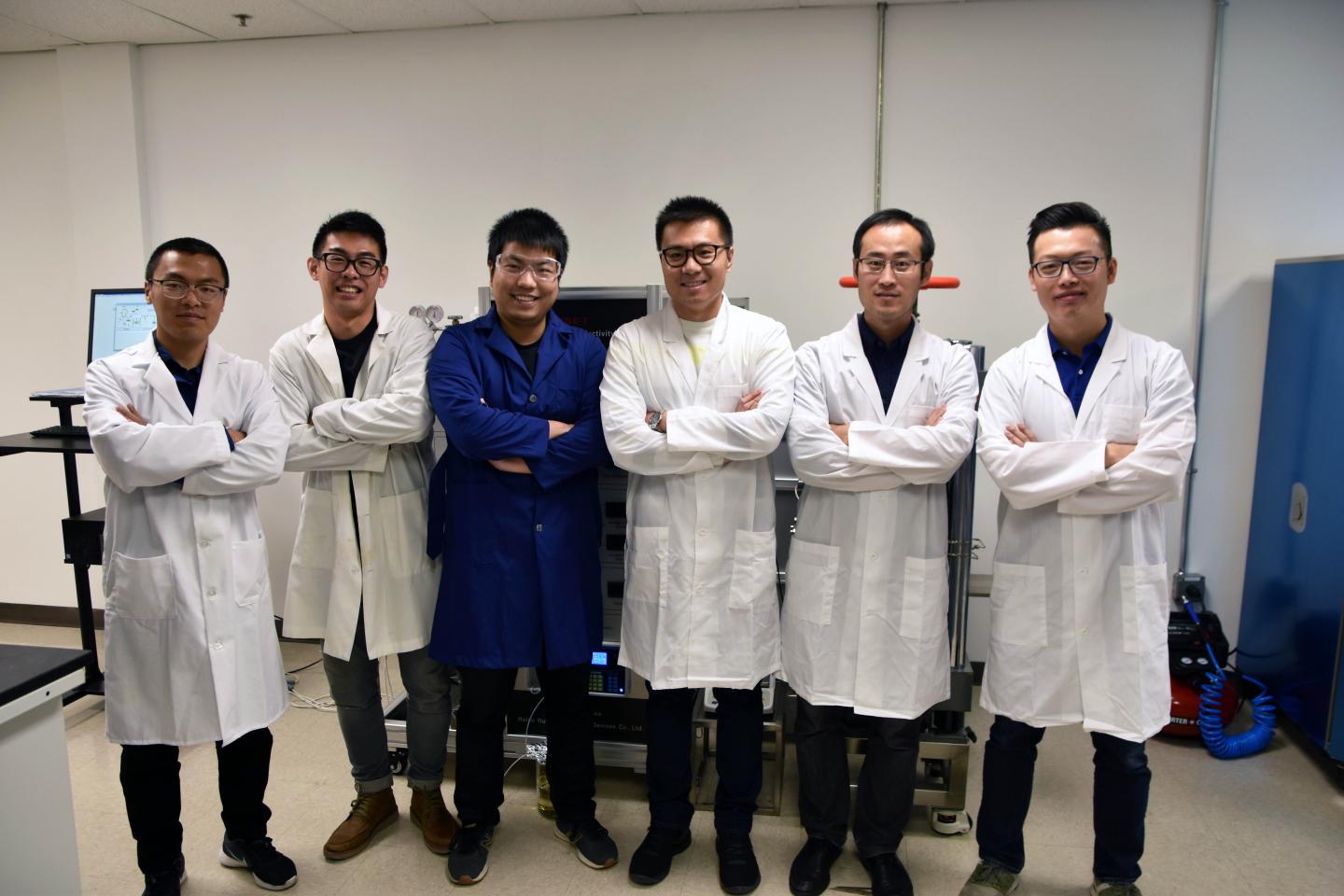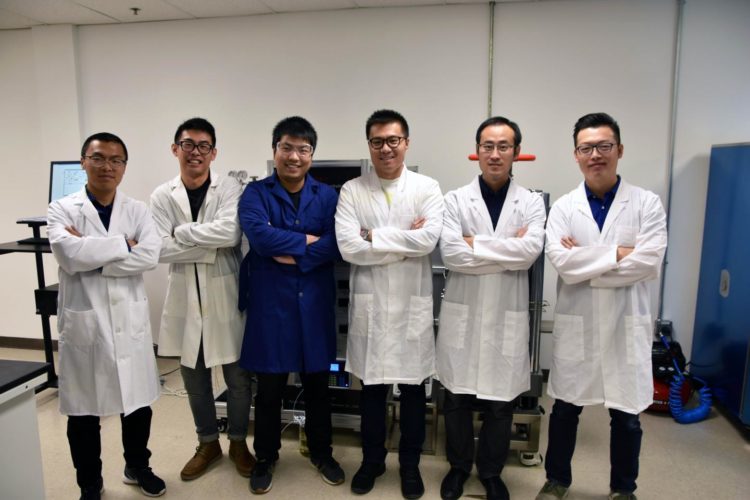
Credit: Virginia Tech
The correlation between carbon dioxide emissions and global climate change is a critical issue that has significant impact on society, communities, and economies. Yet, the capacity to store carbon dioxide in underground geologic formations — also known as carbon sequestration — is widely recognized as having vast potential for mitigating the effects of carbon emissions.
With separate grants from the National Science Foundation and the National Energy Technology Laboratory, Cheng Chen, an assistant professor of mining and minerals engineering in the Virginia Tech College of Engineering, is working on new ways to reduce the impacts of global climate change through carbon sequestration, the capacity to store carbon dioxide in underground geologic formations.
Chen offers an innovative approach for examining how gas can be injected into subsurface geological formations for long-term storage. Results of his work could have significant implications on cutting back carbon emissions around the globe by providing a safe, secure means of storing it.
Department of Energy’s National Energy Technology Laboratory grant: Machine-learning based model
Chen was awarded $480,000 from the Department of Energy’s National Energy Technology Laboratory’s University Coalition for Fossil Energy Research Program. The two-year project seeks to develop a machine-learning-based, scale-bridging, data assimilation framework with applications to geologic carbon sequestration.
Chen and his team will work to develop a less time-consuming approach to analyzing the permeability of geologic rock formations, which is based on large amounts of visualization data, such as that of CT scans. This analysis is critical to understanding a rock’s permeability and its effect on carbon dioxide injection.
Normally, this data is analyzed with computer modeling, but it can be slow and time-consuming, Chen explained. The objective of a machine-learning based approach is to collect only a specified quantity of sample data. “Once there is enough mapping between the rock geometry and the fluid mechanics properties of the rock, a model can be trained to predict the fluid mechanics properties of new samples,” said Chen.
Researchers will collect image data from associate professor of mining and mineral engineering Nino Ripepi’s field scale injection site, then develop a number of machine-learning models to analyze that data.
National Science Foundation Grant: Convection in porous media
The National Science Foundation also awarded Chen with a $368,000 grant from the Division of Earth Sciences to study the fundamentals of miscible density-driven convection in porous media, which is encountered in geologic carbon sequestration.
This project entails laboratory experiments in which researchers will control and study the process of miscible density-driven convection. A possible means for storing carbon dioxide is by injecting it into deep saline aquifers. Once injected, the carbon dioxide is in a supercritical state — somewhere between a gas and a liquid. Over a period of 10 to 100 years, the gas begins to dissolve into the water.
“The pore water near the top cap rock of the aquifer is saturated with dissolved carbon dioxide and thus is denser than the underlying water not saturated with carbon dioxide, which can therefore cause miscible density-driven downward convection,” Chen said.
According to Chen, the process effectively improves the long-term security of geological carbon dioxide storage. The miscible density-driven downward convection transports dissolved carbon dioxide away from the cap rock and reduces the risk of the gas leaking at the cap rock. It also has the potential to enhance subsequent carbon dioxide dissolution from the supercritical phase into the aqueous phase.
Salinity of underground aquifers affects the convection of carbon dioxide. Chen’s approach is novel in that it seeks to design well-controlled laboratory testing methods for testing the process and numerous models used to understand it.
Chen and his team will improve existing numerical models by carrying out simulations and lab experiments to confirm their hypothetical models and construct a porous media replica, or analog model. “The analog model enables us to control permeability distribution and porous media, while its glass panel construction enables the flow of the dyed fluid to be observed and recorded with a high-speed camera,” he said.
Chen is working with co-principal investigators Yang Liu, associate professor in mechanical engineering’s nuclear energy program; Heng Xiao, assistant professor of aerospace and ocean engineering; James McClure, computational scientist at Virginia Tech’s Advanced Research Computing Center; Ripepi; and engineering graduate students.
“Geological sequestration is perhaps the only viable technology to mitigate global climate change while continuing large-scale use of fossil energy,” Chen said. “If, as a society, we still depend on fossil fuels in the foreseeable future, our understanding of density-driven convection in porous media and the ability to better predict and model the fluid mechanics of deep saline aquifers might allow us to safely reduce or even eliminate greenhouse gasses from the atmosphere.”
###
Media Contact
Lindsey Haugh
[email protected]
540-231-2476
Original Source
https:/





